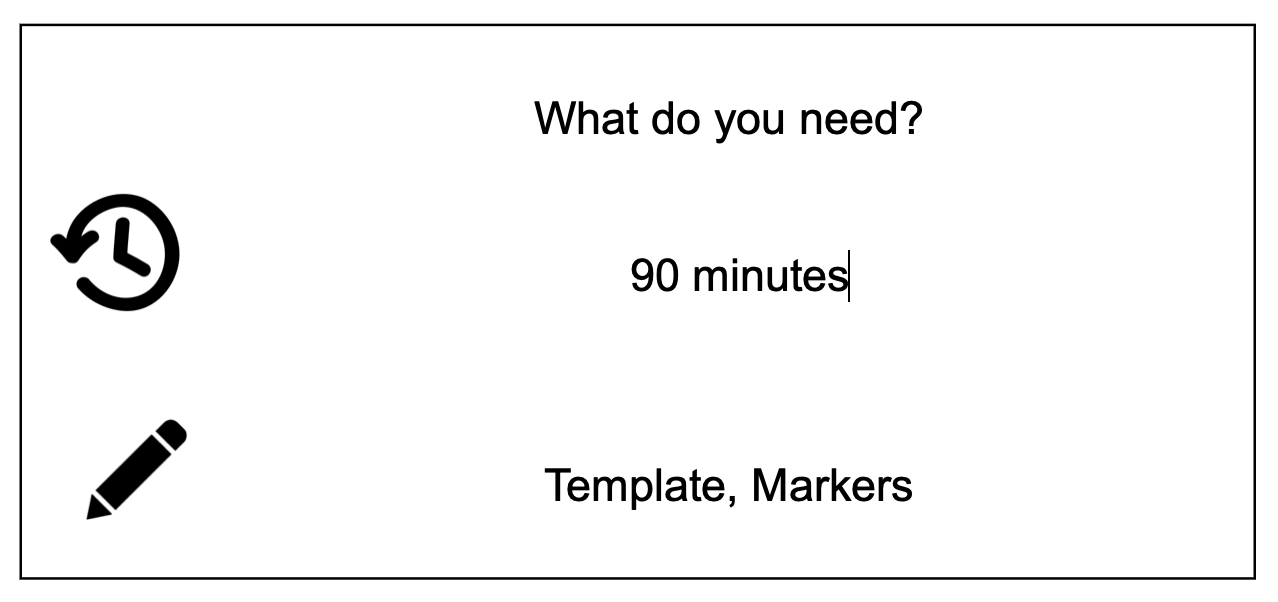Stakeholder Integration
In order to create success in using digital badges you need to know who should be involved and how you want to inform them. In this workshop you identify, map and analyse your stakeholders so you can make a plan on how to communicate with them. There are two different sessions in this workshop; 1. Identify your stakeholders (30 min.) 2. Map and analyse your stakeholders (90 min.) A third session to tailor make a communication plan can be found here. We advise you to have different sessions for your internal and external stakeholders. The internal stakeholders sessions should be done in an early stage of implementing digital badges. The external stakeholders sessions can be done in a later phase and is part of building your network of trust.
Use this workshop to:
- Identify your stakeholders
- Map and analyse your stakeholders
Introduction: Why is stakeholder mapping so important?
You need different people in your organisation to implement digital badges. You want to involve and inform them in different ways and in different stages of your implementing phases. Also you need different stakeholders (internally in your organisation as well as external stakeholders) to give value to the digital badges you (want to) issue.
Important with regards to the stakeholder is that they have different points of interest in the Digital Badges System and some stakeholders have more influence than others. You need to identify and analyse them in order to know how to involve them.
Stakeholder analysis
A stakeholder analysis helps an organisation to identify and understand the stakeholder in a project or process. In this case implementing digital badges. Making the analysis before a project or a process begins helps the success of the implementing of digital badges. There are three major steps in the stakeholder analysis:
Identifying your stakeholders
Who will be affected most by implementing Digital Badges in your organisation? One possibility to find out who is by doing a brainstorming session. We advise you to not only invite your own team, but also other relevant key persons from your organisation. This session can also be helpful in scaling your project and then it is helpful to team up with other organisations in the region and to do this together.
Session 1: Identify your stakeholders
Who will be affected most by implementing Digital Badges in your organisation? One possibility to find out who is by doing a brainstorming session. We advise you to not only invite your own team, but also other relevant key persons from your organisation. This session can also be helpful in scaling your project and then it is helpful to team up with other organisations in the region and to do this together.
Having the brainstorm online? You could use an online tool such as Miro (www.miro.com)
The list of potential stakeholders can include:
- Internal stakeholders: HR, Users (earners), Executive team, Information technology department, Management, Communications department, ...
- External stakeholders: Formal education providers, non-formal learning organisations, municipalities, employers, ...
After writing down all potential stakeholders, take 15 minutes to view them together and -if needed- categorise them.
Prioritising your stakeholders and understanding them
Now you have a list of all potential stakeholders, you can map and analyse them. It will help you to understand who you want to involve and how you want to inform them. The stakeholder mapping shows the interest and power of a stakeholder in a particular issue or situation by means of a graphical comparison.

Session 2: Mapping and analysing your stakeholders
Take the format of the stakeholder frame and discuss with each other the level of interest and power of each of the stakeholders named in the first brainstorm session. You do this by discussing how low or high the level of power is regarding your project and how low or high the level of interest is in your project.
| Stakeholders | High level of Interest | Low level of Interest |
| High level of Power | Key players: Take notice of them and engage directly with them. | Keep them satisfied. |
| Low level of Power | Communicate regularly with them. | Communicate only when necessary. |
After you have mapped all stakeholders in the frame you can see what kind of stakeholder they are and how to approach them.
When a stakeholder is a key player, it has a lot power and a lot of interest in Digital Badges. You should directly engage with them and get in touch on a regular basis. It is important to keep this stakeholder satisfied and seen at all times. You should focus the management time on the most important stakeholders which have the greatest interest and greatest influence.
Stakeholders with a lot of power, but little interest have a lot of influence. If they have no interest in the topic, then it is still good to have them in the communication flow, but don't overload them with information.
Stakeholders with little power, but a lot interest do not have much influence. They are highly influenced by the decision made by the organisation implementing the Digital Badges.
If a stakeholder has little power and relatively low interest in the concept of Digital Badges, communication can happen at a minimal effort and only when necessary. They need the least amount of ongoing communication.
The information you have mapped now is very important for understanding your stakeholders and tailor making your communication plan. In order to be able to further understand your most important stakeholders, you can build profiles for each of them with the following information:
- What is the motivation of the stakeholder?
- How does the implementation of Digital Badges align with their priorities (and what other priorities they might have)?
- If the stakeholder might have a negative view on Digital Badges, then what could you do to change that view?







